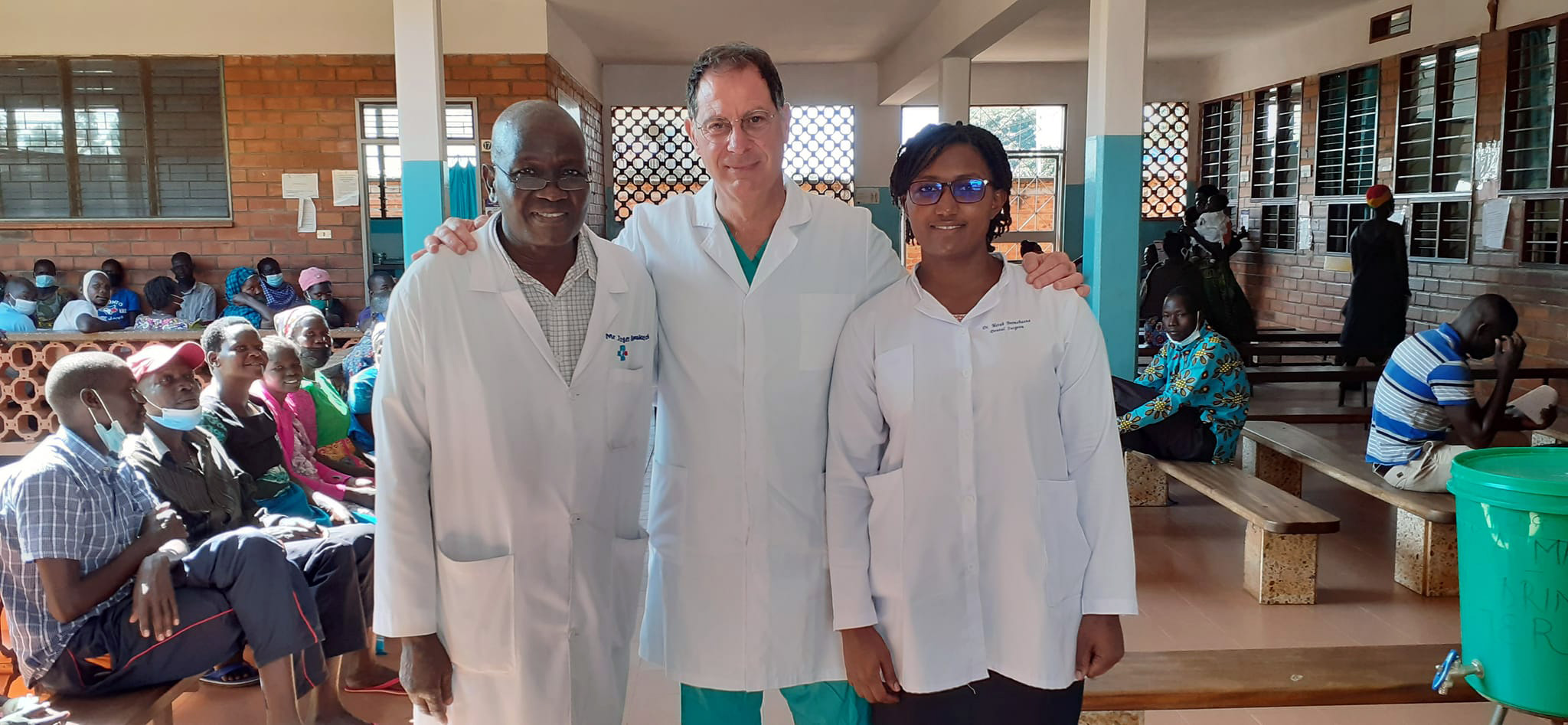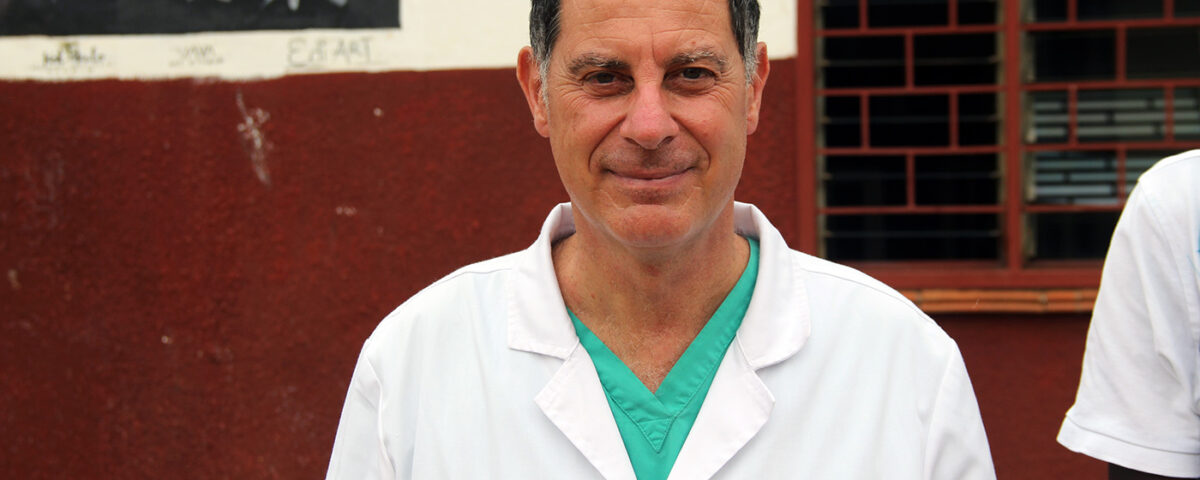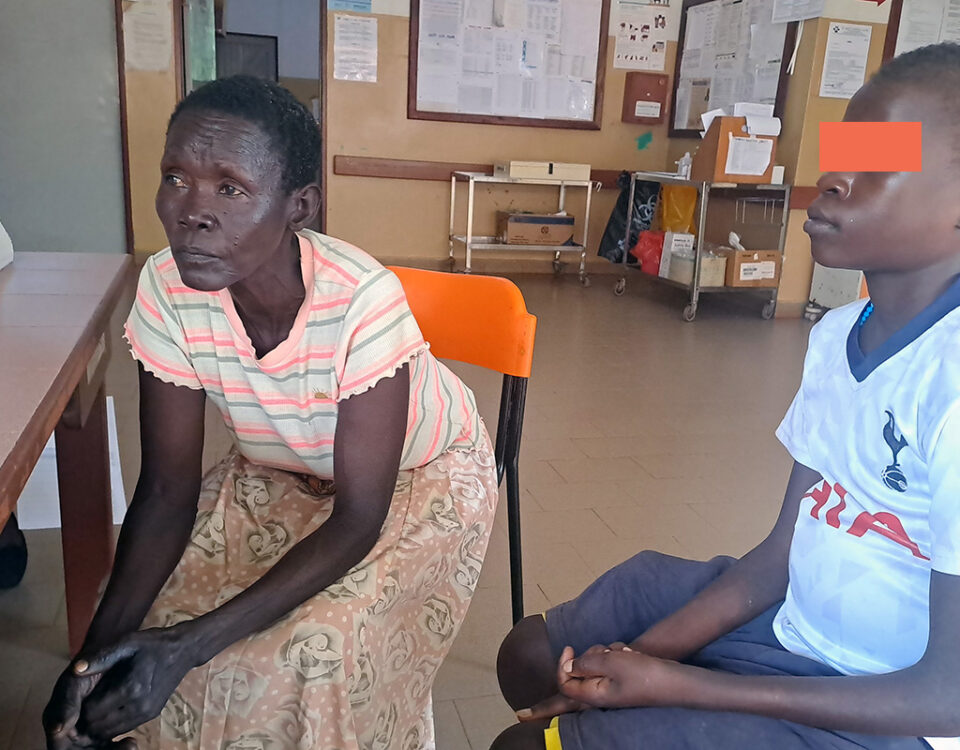In February 2020, Dr. Marco De Feo published a manuscript in the Journal of Experimental & Clinical Cancer Research in which he and others hypothesized a correlation between persistent arenavirus infection and human neoplasm development. Dr. Marco presented the arenavirus as a potential etiological agent of odontogenic tumours in humans.
In their manuscript, Dr. Marco and others argue that Odontogenic tumor (OT), an abnormal growth in and around the jaw and teeth which causes devastating facial deformations in children and young adults, is more frequent in developing countries like Uganda, Mozambique, Nigeria, Ghana, Benin, Zimbabwe, Tanzania, and other sub-Saharan African countries.
De Feo, an Italian dental surgeon who first visited Uganda in 1985, noticed a very rare form of oral tumour while working at St. Mary’s Hospital Lacor in Gulu, northern Uganda but didn’t do much about it for lack of information. Scientific data on OT is very scarce, they “are considered rare events, and their epidemiologic data are scarce and under-estimated in developing countries because there is no systematic collection of clinical features including histological analyses of the tissue samples,” de Feo et al.

Dr. Marco (C) with some colleagues at Lacor Hospital
At Lacor Hospital, Dr. Marco is doing a very important research on finding the etiological agent for the tumor. He is currently examining the Lassa virus, a member of the arenavirus family of viruses known to cause Lassa fever which is an acute viral hemorrhagic illness. The disease is endemic in the rodent population in West and East Africa. Through exposure to food or household items contaminated with urine or feces of infected rats, humans are likely to become infected with the virus. Person-to-person infections are also reported (de Feo et al., 2020).
Incidentally, the majority of Marco’s patients come from Kitgum and Amuru where certain communities are known to eat rats and bats as well as Karamoja where a systematic serological survey supported the presence of Lassa virus infections. According to de Feo et al., most people in Ugandan villages live in huts in contact with the earth, sleeping on the ground and on mats, often bitten by mice, drinking and cooking with water from wells or ponds where children and adults bathe, and are easily contaminated by urine and rat feces.
Some communities consider rat meat as particularly delicious food, the main source of protein and iron, but rats are often eaten either raw or cooked on charcoal stove which does not inactivate contaminating viruses. About 80% of people infected by the Lassa virus have no symptoms but the virus establishes a life-long persistent infection.
Because hospitals are few and far from villages, patients often reach them when facial deformities have severely progressed. As a medical staff, Dr. Marco often observed the presence of oral tumors in children living in these difficult conditions.
“My objective is to continue with the study to find a therapy and treat millions of children and young adults,” says Dr. Marco. “But before that, we need to do genomic sequencing to find the strain of the virus which will mean I can find medicine for its DNA.”

A patient with an odontogenic tumour being prepared for surgery at Lacor Hospital
Dr. Marco is also studying the genomic sequence of the virus in Rome with the help of a female patient from Kenya. “But these tumors are a big family. I suppose that there are several other strains and each strain can give a tumor. This is why I am enlarging the research in Congo to take multiple samples to know how many strains are there,” he says.


